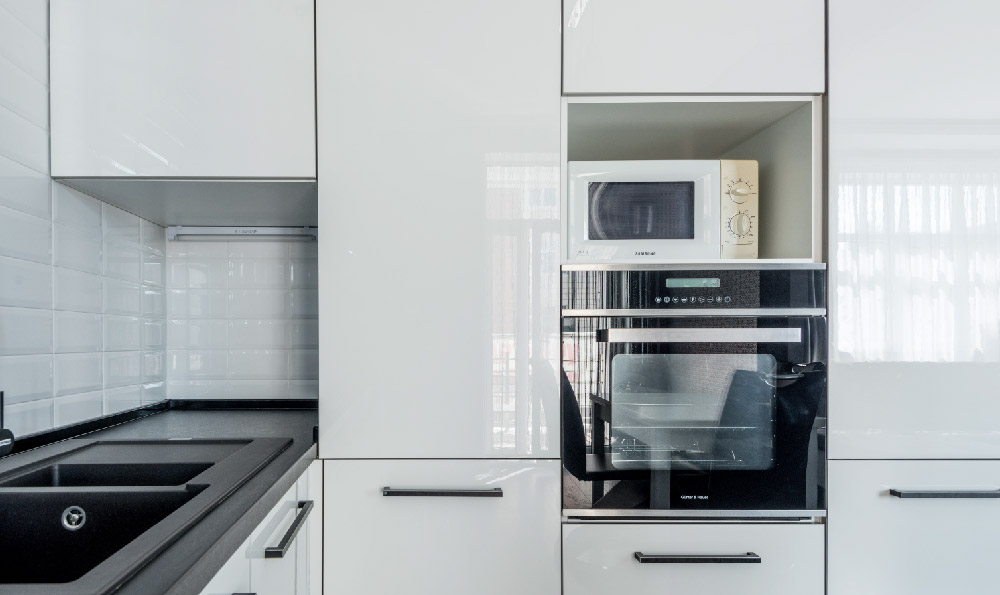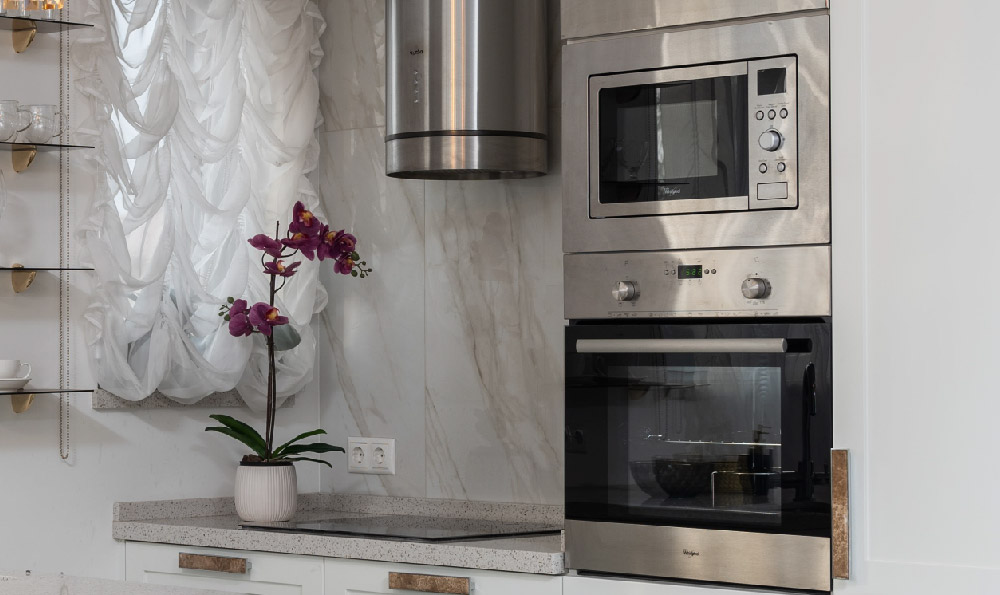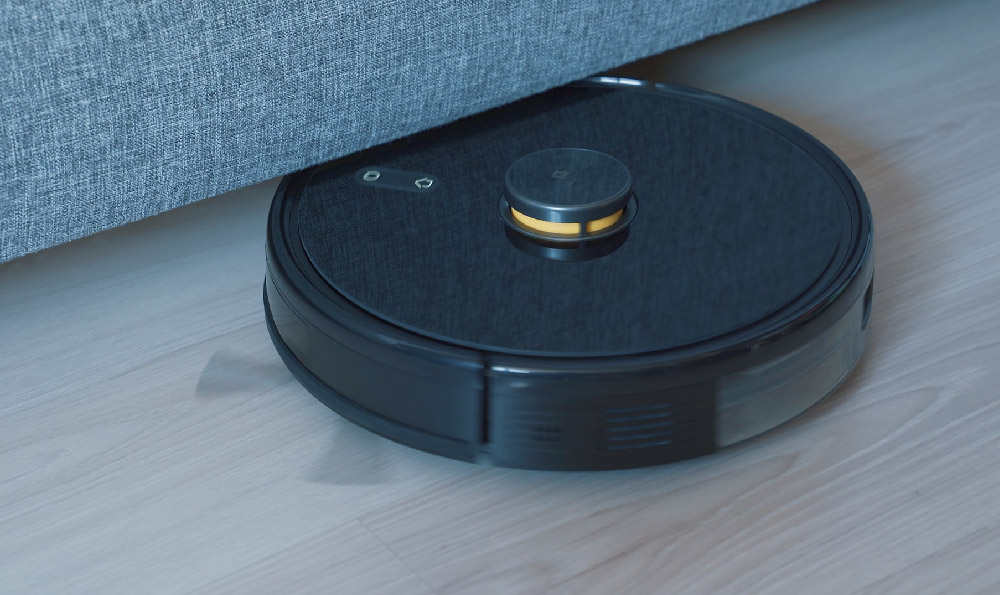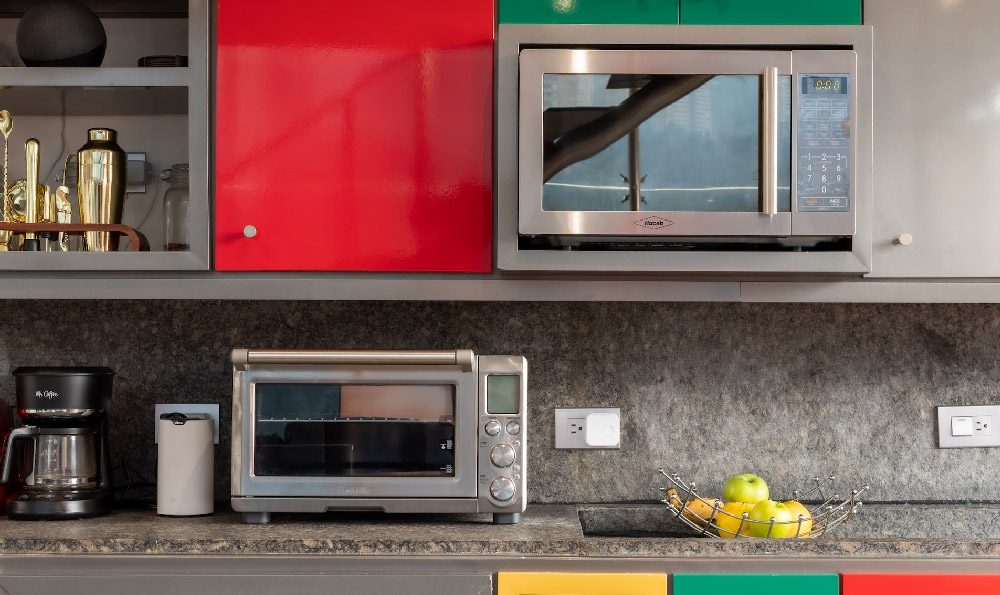
随着科技的不断进步和人们对舒适、高效照明的需求增加,智能照明模块控制技术的应用越来越广泛。智能照明模块控制是指利用先进的传感器、通信和控制技术实现对照明设备的智能化控制。本文将从定义、分类、举例和比较等方面,深入探讨智能照明模块控制的相关知识。
一、定义
智能照明模块控制是一种集成多种技术的照明控制方式,通过感知环境信息、分析用户需求和应用场景,采用高效的控制策略,实现对照明设备的精确控制。智能照明模块控制能够提高照明效果,节约能源,减少污染,提高用户体验。
二、分类
智能照明模块控制可以根据不同的应用场景和需求进行分类。根据照明控制方式的不同,可以分为手动控制、自动控制和智能控制。手动控制是指人工通过开关、调光器等设备进行照明的控制;自动控制是指利用传感器等设备感知周围环境并自动调整照明设备的亮度和色温;智能控制是指通过智能算法和机器学习等技术,实现对照明设备的自适应控制,以达到节能、环保和舒适的目标。
三、举例
智能照明模块控制在实际应用中有着广泛的应用。在办公场所中,智能照明模块控制可以根据员工的作息时间和光线需求,自动调节灯光亮度和色温。在居住环境中,智能照明模块控制可以根据家庭成员的喜好和活动需求,智能调整照明设备的工作状态。在公共场所、商业空间和工业生产线等场景中,智能照明模块控制也能够发挥重要作用,提供安全、高效和舒适的照明环境。
四、比较
智能照明模块控制相较于传统的照明控制方式具有诸多优势。通过感知环境信息,智能照明模块控制可以根据实际需求提供精确的照明效果,从而提高用户体验。智能照明模块控制可以根据不同的应用场景和需求进行个性化设置,实现照明的个性化定制。智能照明模块控制能够实现节能减排的目标,降低能源消耗和照明排放。
智能照明模块控制作为一种先进的照明控制方式,正在得到越来越多行业的关注和应用。通过合理的设计和应用,智能照明模块控制能够提高照明效果,节约能源,降低对环境的影响,为用户带来更加舒适和高效的照明体验。相信随着技术的不断进步和应用的推广,智能照明模块控制将在未来呈现更加广阔的发展前景。
参考译文:
Intelligent Lighting Module Control
Introduction
With the continuous advancement of technology and the increasing demand for comfortable and efficient lighting, the application of intelligent lighting module control technology has become increasingly widespread. Intelligent lighting module control refers to the intelligent control of lighting devices using advanced sensor, communication, and control technologies. This article will explore the relevant knowledge of intelligent lighting module control through definitions, classifications, examples, and comparisons, in an objective, professional, clear, and systematic writing style.
Main Body
I. Definition
Intelligent lighting module control is an integrated lighting control method that incorporates various technologies. It utilizes environmental information perception, analysis of user needs and application scenarios, and efficient control strategies to achieve precise control of lighting devices. Intelligent lighting module control can improve lighting effects, save energy, reduce pollution, and enhance user experience.
II. Classification
Intelligent lighting module control can be classified based on different application scenarios and requirements. According to the lighting control method, it can be divided into manual control, automatic control, and intelligent control. Manual control refers to the manual control of lighting using switches, dimmers, and other devices. Automatic control involves using sensors and other devices to perceive the surrounding environment and automatically adjust the brightness and color temperature of lighting devices. Intelligent control utilizes smart algorithms and machine learning to achieve adaptive control of lighting devices, aiming to achieve energy-saving, environmentally friendly, and comfortable lighting.
III. Examples
Intelligent lighting module control has wide-ranging applications in practice. For example, in office settings, intelligent lighting module control can automatically adjust the brightness and color temperature of lights based on employees\' work and lighting requirements. In residential environments, intelligent lighting module control can intelligently adjust the working status of lighting devices according to the preferences and activity needs of family members. Furthermore, in public spaces, commercial areas, and industrial production lines, intelligent lighting module control can also play an important role in providing safe, efficient, and comfortable lighting environments.
IV. Comparison
Intelligent lighting module control has several advantages compared to traditional lighting control methods. Firstly, by perceiving environmental information, intelligent lighting module control can provide precise lighting effects according to actual needs, thereby enhancing user experience. Secondly, intelligent lighting module control allows for personalized settings based on different application scenarios and requirements, enabling customized lighting solutions. Most importantly, intelligent lighting module control can achieve energy-saving and emission reduction goals, reducing energy consumption and lighting-related emissions.
Conclusion
As an advanced lighting control method, intelligent lighting module control is receiving increasing attention and adoption in various industries. Through proper design and application, intelligent lighting module control can improve lighting effects, save energy, and reduce environmental impact, bringing users a more comfortable and efficient lighting experience. With the continuous advancement of technology and the widespread adoption of intelligent lighting module control, its future development prospects are promising.
(Word count 707)
智能照明模块控制器:掌控灯光的智慧大脑
智能照明模块控制器,顾名思义,是一种能够智能化地控制照明模块的装置。它能够通过对照明场景的感知和分析,实现对照明设备的自动调光、调色、定时等功能,为人们的生活带来更多便利和舒适。在我们的日常生活中,智能照明模块控制器早已悄然走进了我们的家庭、办公场所、商场等各类场景,成为了当之无愧的“智慧照明”的核心。
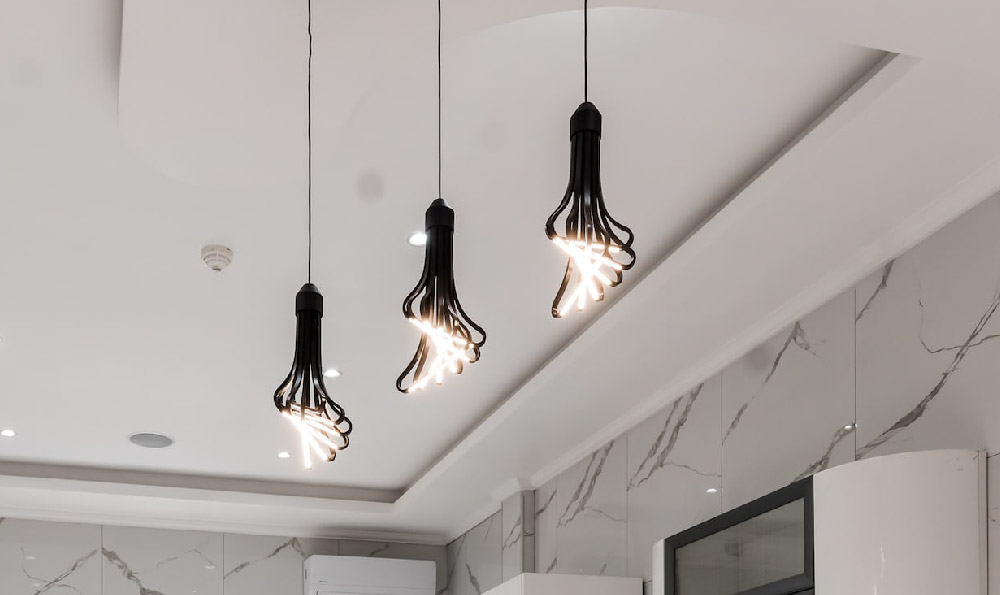
**节能环保:智能照明模块控制器的功效**
相比传统的照明设备,智能照明模块控制器具备节能环保的特点。它能够根据光照强度和人体活动情况,智能调控灯光的亮度和色温,实现科学合理的照明效果。在白天阳光充足的时候,智能照明模块控制器会自动降低灯光的亮度和功率,避免浪费电能;而在人们离开场所时,它也可以自动关闭灯光,进一步节省能源。通过这些智能调节,不仅能够帮助我们节约用电,降低能源消耗,还能有效减少照明对环境的污染。
除了环保节能的功效外,智能照明模块控制器还能够根据人体的生物钟调节照明色温,使得灯光更好地适应人体的生理需求。在早晨,它会选择较高的色温来模拟阳光,帮助人们提升警觉性和活力;而在晚上,它会选择较低的色温,为人们提供一个舒适的环境,有助于放松身心、入眠。通过这种智能调光调色的功能,智能照明模块控制器能够更好地照顾我们的健康需求。
**照明场景:智能照明模块控制器的灵活运用**
智能照明模块控制器不仅仅只是一种控制照明亮度和色温的装置,它还可以根据具体的场景需求,智能化地定制照明方案。在家庭场所,智能照明模块控制器可以根据不同的家庭成员的喜好和活动需求,设置不同的照明模式。对于喜欢读书的人来说,可以选择较亮的照明模式;而对于喜欢看电影的人来说,可以选择较暗的照明模式,营造出更好的观影环境。在办公场所,智能照明模块控制器可以根据不同的工作需求,调整灯光的亮度和色温。在需要集中注意力的工作区域,可以选择较亮的灯光;而在需要放松的休息区域,可以选择较暗的灯光。
智能照明模块控制器的灵活运用,不仅能够满足人们多样化的照明需求,还能够提升人们的工作和生活效率。通过合理调节灯光的亮度和色温,智能照明模块控制器为人们创造了一个更加舒适、宜人的照明环境,有助于提升人们的情绪和体验。
**智能互联:智能照明模块控制器的未来展望**
智能照明模块控制器在不断发展的过程中,正逐渐实现与其他智能设备的互联互通。通过与智能手机、智能音箱等设备的连接,智能照明模块控制器能够实现更加智能便捷的控制方式。我们可以通过手机上的APP,实现对智能照明模块控制器的远程控制;或者通过语音助手,实现对智能照明模块控制器的语音指令控制。
随着人工智能技术的不断发展和智能家居概念的普及,智能照明模块控制器将会在更多领域得到应用。在医疗领域,它可以帮助医护人员调节病房的照明环境,为患者提供更好的治疗和康复条件;在商业领域,它可以根据顾客的行为模式和消费喜好,智能调节店铺的照明效果,为顾客创造更好的购物体验。
智能照明模块控制器的发展前景广阔,它不仅能够为我们的生活带来更多便利和舒适,还能够为节能环保、健康照顾等方面做出积极贡献。相信随着科技的不断进步,智能照明模块控制器的功能和应用场景还会不断扩展和丰富,给我们的生活带来更多的惊喜和改变。让我们拭目以待吧!
智能照明模块控制原理
智能照明模块是近年来快速发展的一项技术,其在照明行业中的应用越来越广泛。本文将介绍智能照明模块控制原理,并探讨其对照明行业的影响和意义。

让我们来看一组引人入胜的数据:据统计,全球每年用于照明的电力消耗占总电力消耗的10%左右。而智能照明模块的引入可以将能耗降低约50%。这个数字让人不禁思考,如何更好地利用智能照明模块来实现能源的节约和环境的保护呢?
本文将分为三个部分来探讨智能照明模块控制原理及其应用。我们将介绍智能照明模块的工作原理和组成结构。我们将探讨智能照明模块在室内照明和室外照明中的应用。我们将讨论智能照明模块对照明行业的影响和未来发展趋势。
在介绍智能照明模块的工作原理和组成结构时,我们将详细解释其中的感应器、控制器等组件,并说明它们是如何协同工作的。我们还将引用一些案例和数据,以支持我们对智能照明模块的控制原理的解释和分析。
在探讨智能照明模块在室内照明和室外照明中的应用时,我们将详细介绍智能照明模块在不同场景下的应用方式和效果。我们将从节能、舒适性、安全性等方面来分析智能照明模块的优势,并通过具体的案例来说明。
在讨论智能照明模块对照明行业的影响和未来发展趋势时,我们将总结前文提到的节能和环保的优势,并强调智能照明模块在智能城市建设、建筑物管理等领域的潜力。我们还将展望智能照明模块的未来发展趋势,例如与人工智能、物联网等技术的结合,以及更加智能化和个性化的功能。
通过本文的介绍和讨论,读者将对智能照明模块的控制原理和应用有更深入的了解。智能照明模块不仅能够提高照明效果和节能效果,还为照明行业带来了更多的发展机遇。我们期望本文能够引起读者的关注,并为他们带来新的思考和启发。






